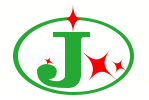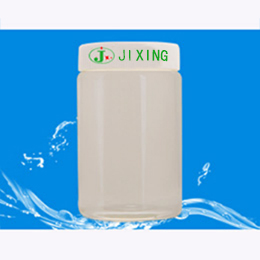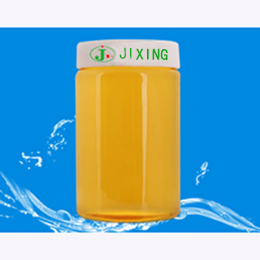Source:http://en.jixingchem.com/index.php?m=home&c=View&a=index&aid=51 Release time:2020-08-01 18:31:01
The chemical principle of degreaser the composition of degreaser is based on the types and properties of oil and grease. The degreaser consists of two main components, alkali detergent and surfactant.
1. Alkali
Sodium silicate and sodium hydroxide are commonly used as washing agents. As alkali agents, sodium hydroxide and soda ash are the cheapest, and the waste water is difficult to be treated. Sometimes the cleaning objects are damaged because of the strong alkalinity. On the other hand, sodium hydroxide and soda ash have no emulsification effect, and have no effect on mineral oil cleaning;
Sodium silicate and sodium tripolyphosphate can not only provide alkalinity, but also provide certain emulsifying power. They are widely used in various degreasing cleaning agents, especially in alkali sensitive oil removal process. The biggest drawback of using sodium silicate is that it is difficult to completely clean the residual sodium silicate if it is washed with cold water directly after oil removal. The residual sodium silicate will react with the acid of the next process to form a strong adhesive silica gel, which will affect the adhesion of the coating; sodium tripolyphosphate mainly concerns about phosphorus pollution and environmental damage.
2. Surfactants,
Surfactant is the core component of degreasing agent. The early degreasing agent is mainly emulsified by emulsifier, such as fatty alcohol polyoxyethylene ether (AEO) series, alkyl phenol polyoxyethylene ether (TX, NP) series, etc. Excessive use of emulsifiers will emulsify and solubilize the lost oil in the working fluid, resulting in a gradual decline in the oil removal capacity of the working fluid, which requires frequent replacement of the working fluid.
However, with the rise of surfactant price, it is more and more required to reduce the use of surfactant and improve the oil removal rate. This requires that the oil remover has good dispersion and resistance to secondary deposition, peel off the oil from the metal surface, and do not emulsify and saponify in the solution, but float on the surface of the solution, so as to keep the tank liquid clear and continuous oil removal ability.
On the other hand, surfactants suitable for degreasing are generally non-ionic products, and non-ionic products are generally expensive. In order to reduce the cost of degreasing agents, anionic products will also appear in the formulation of degreasing agents, especially the anionic surfactant fatty acid methyl ester ethoxylate sulfonate (FMES), which has non-ionic properties at the same time, has excellent "dispersion roll" It is helpful to remove the oil by non emulsifying stripping.
 Simplified Chinese
Simplified Chinese



